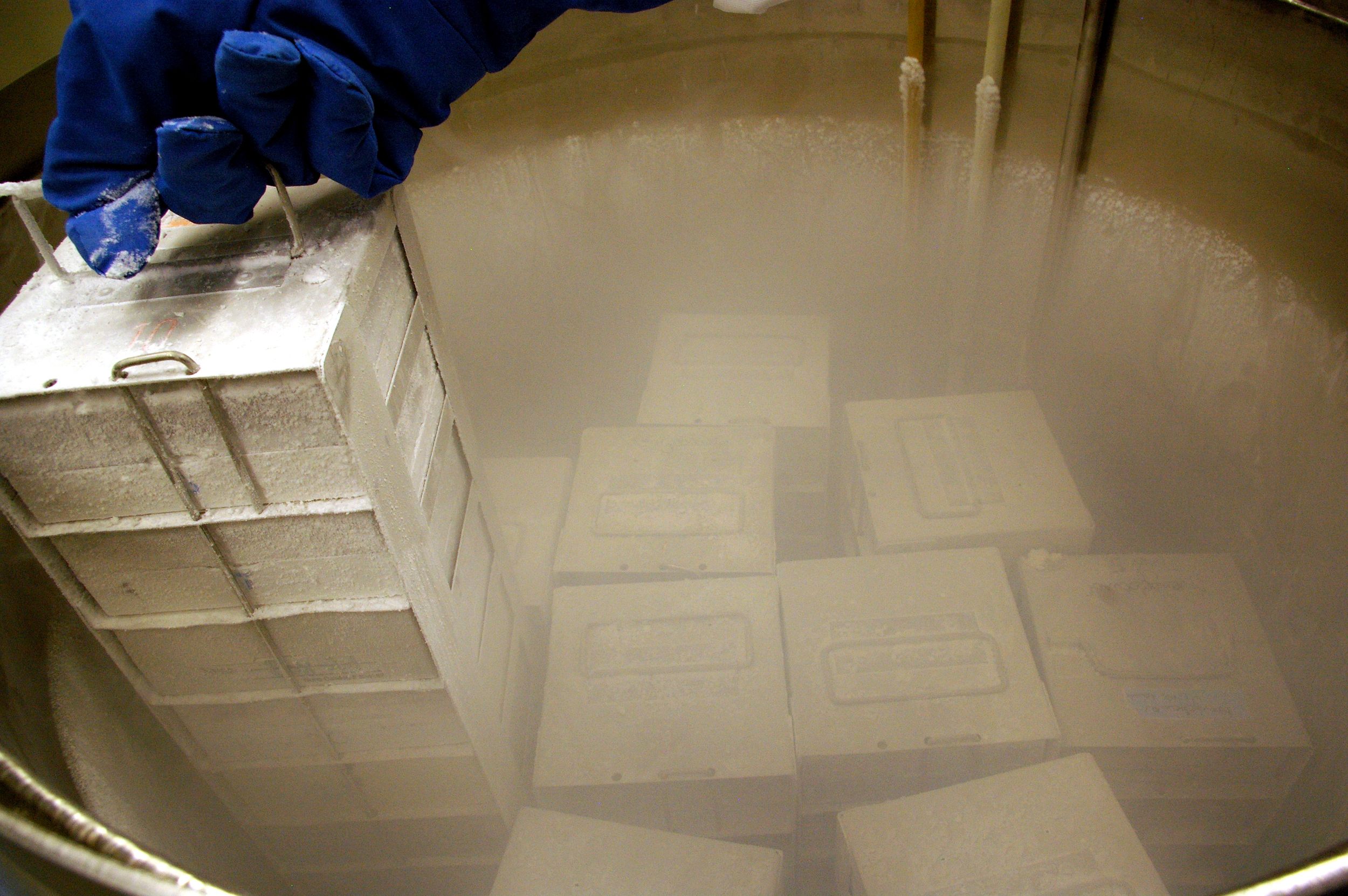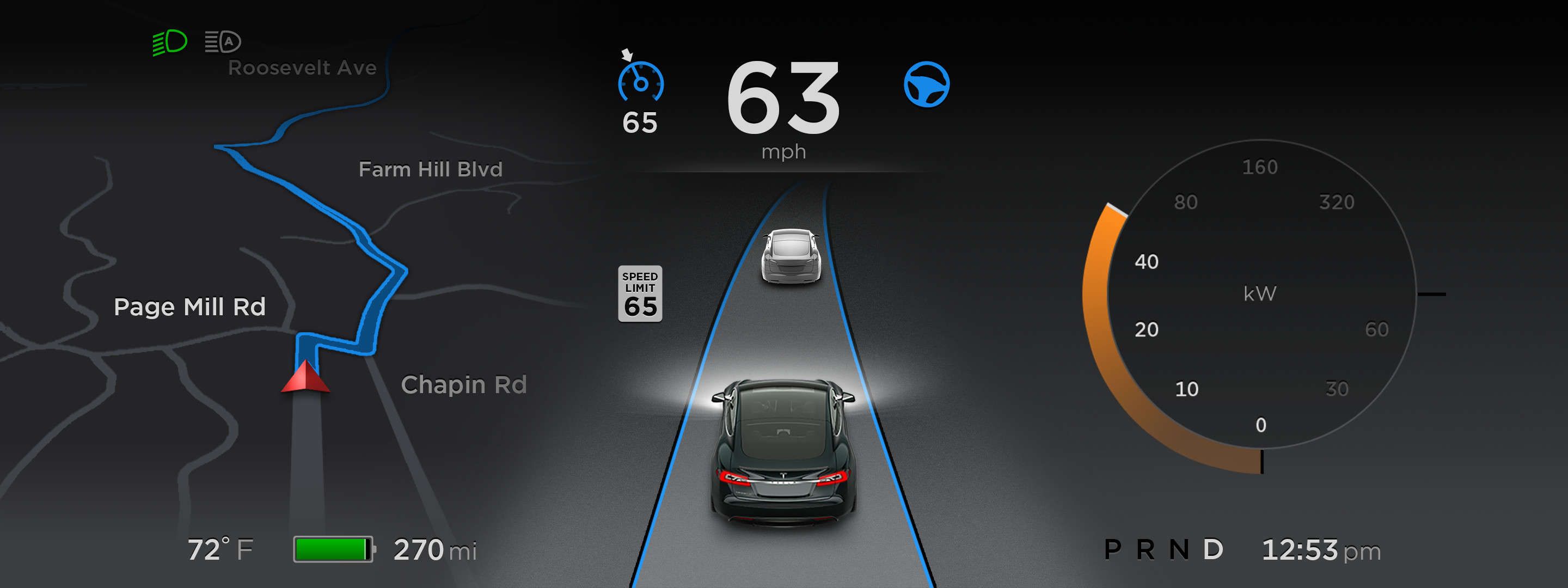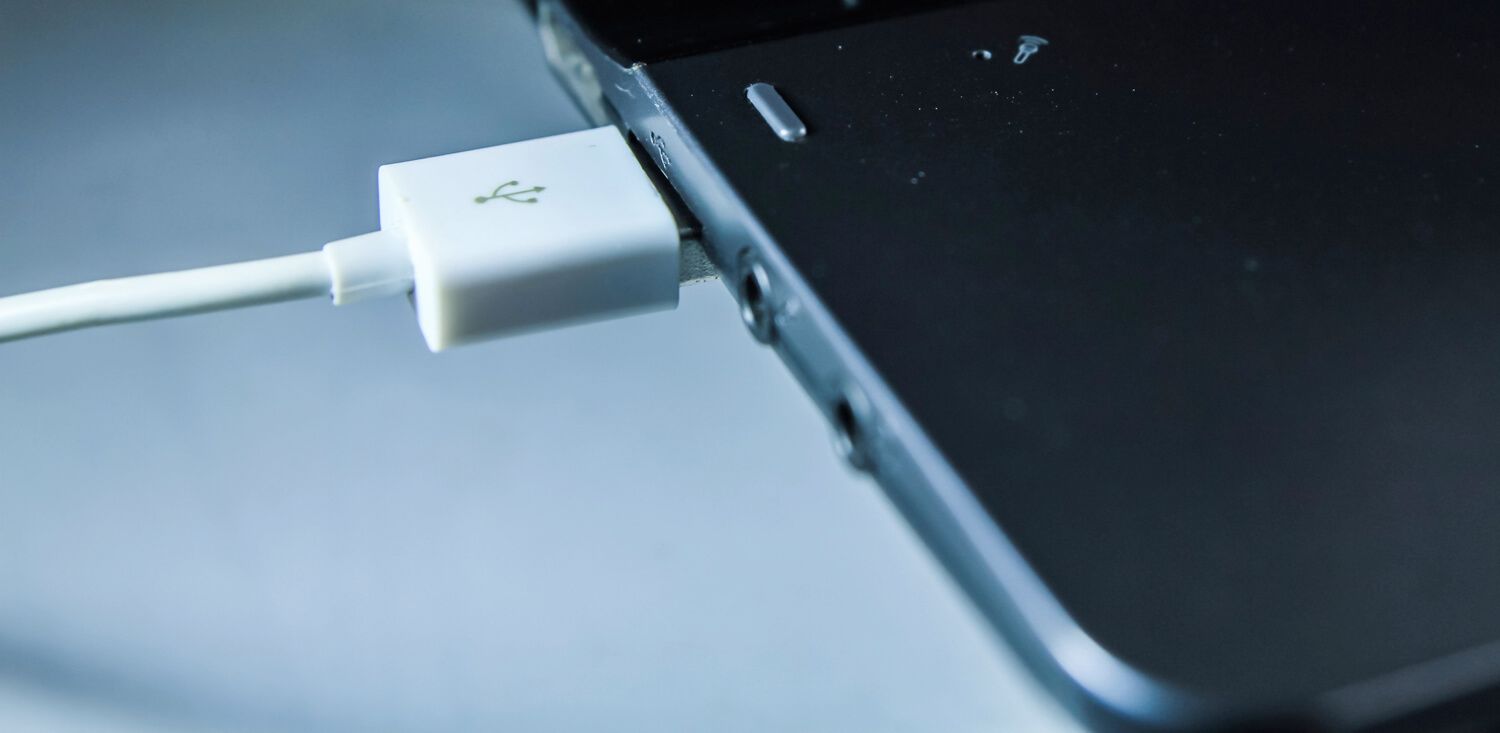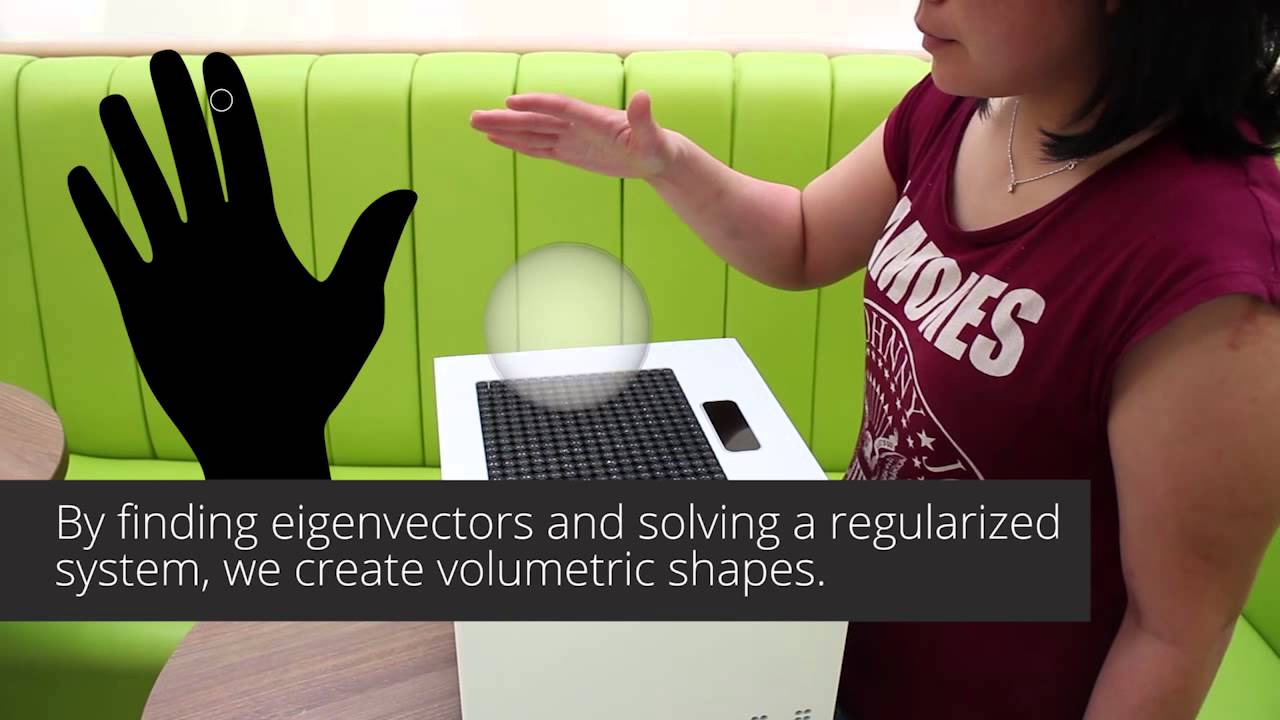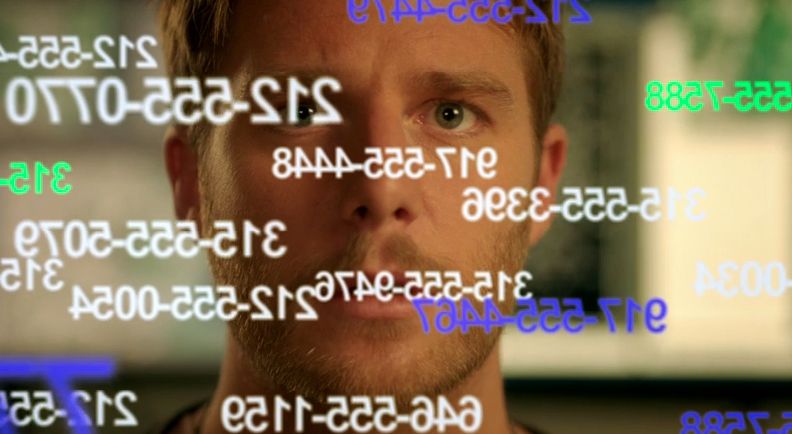https://www.youtube.com/watch?v=O9dj1s3N4cE
Adam Alonzi has made another excellent film about the power of gene therapy.
Narrated and produced by Adam Alonzi. Music arranged by Leslee Frost. Sponsored by BioViva Sciences Inc.
Alzheimer’s Disease.
Alzheimer’s disease is a progressive, neurodegenerative disorder. It is the leading cause of dementia. Typically the condition affects short-term memory, but as it advances it can result in disorientation, mood disorders, language difficulties and behavioral issues. Over time, body functions are lost, leading to death.
Current treatment options are extremely limited and the outlook is poor for sufferers with the average life expectancy being 3–9 years from diagnosis. According to RAND Corp, the average annual cost of care for someone with Alzheimer’s disease is $41,689 to $56,290.
BioViva’s Therapy — Telomerase AAV gene therapy.
We are exploring therapies with the gene that creates telomerase to rejuvenate the microglia cells that support the Neurons with the aim of combating Alzheimer’s disease and restoring healthy function to the brain once more. There is mounting evidence to indicate this gene plays an active role in protection from Tau Pathology and various experiments have encouraged us to pursue this therapy with the goal of eliminating the suffering this disease brings.
Dr Michael Fossel wrote this excellent article about the potential of this therapeutic approach which appears in H+ Magazine here. The work of his company Telocyte and Bioviva also feature in this piece and clearly explains the potential of this therapy and the reasoning behind it.
We are currently being sponsored by the Maximum Life foundation to develop this therapy but we need your support to make it a reality. To learn more please visit the Alzheimer’s project page at Maximum Life Foundation here or you can support this work on the donate button directly below, all support is greatly appreciated to help us beat Alzheimer’s.
Read more
